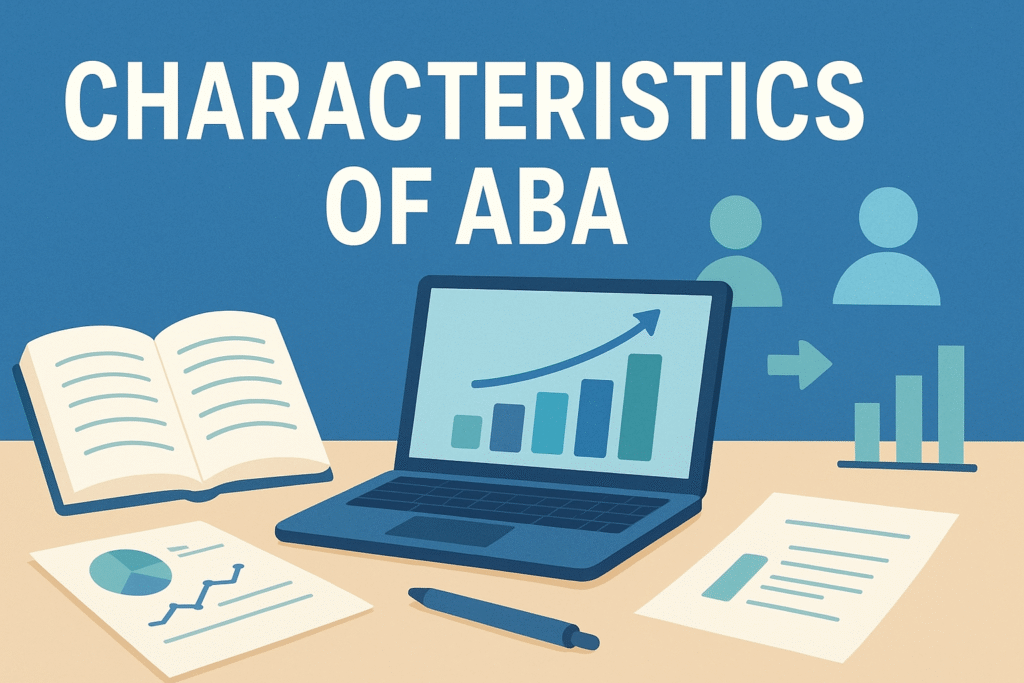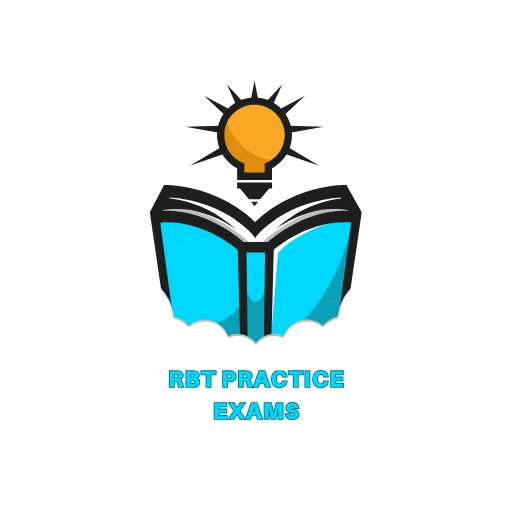Applied Behavior Analysis, often called ABA, is a science-based approach to understanding and improving behavior. At its core, ABA is built on specific features that guide how interventions are designed and delivered. These features are often referred to as the characteristics of ABA, and they are essential for anyone preparing for the RBT exam or working in the field. Knowing these characteristics helps ensure therapy is structured, effective, and consistent.
Table of Contents

What Are the Characteristics of ABA?
The characteristics of ABA refer to the foundational features that make ABA an evidence-based and reliable practice. They are also known as the seven dimensions of ABA, first outlined by Baer, Wolf, and Risley in 1968. Each dimension defines how ABA should be applied, ensuring that therapy remains ethical, data-driven, and focused on meaningful outcomes.
Core Characteristics of ABA in Practice Applied
ABA always focuses on socially significant behaviors—skills that matter in real life. Whether it’s improving communication, teaching daily living tasks, or reducing problem behaviors, the “applied” dimension ensures therapy is meaningful for the individual.
Example: Teaching a child to request help instead of engaging in tantrums.
Behavioral
Interventions must be observable and measurable. ABA professionals look at actions, not internal feelings. This focus ensures progress can be tracked with clear data.
Example: Measuring how often a child independently ties their shoes.
Analytical
ABA relies on data to confirm whether an intervention is truly effective. Decisions are based on evidence, not assumptions.
Example: If a reinforcement strategy increases homework completion, data confirms the approach works.
Technological
Procedures must be described clearly so others can replicate them. This ensures consistency across therapists and environments.
Example: A step-by-step plan for teaching handwashing that any RBT can follow.
Conceptually Systematic
ABA strategies are linked to established behavioral principles, not random techniques. Every intervention connects back to the science of behavior.
Example: Using positive reinforcement to strengthen desirable actions.
Effective
ABA must produce real, meaningful results. If progress is not seen, strategies should be adjusted until change occurs.
Example: A child who once struggled to follow directions now successfully completes classroom tasks.
Generality
Skills taught in ABA should carry over into different settings, people, and situations. Learning shouldn’t stay “stuck” in the therapy room.
Example: A child who learns to greet their therapist also greets classmates at school.
Why Are the Characteristics of ABA Important?
Without these characteristics, ABA would lose its effectiveness. They ensure that therapy is practical, measurable, and adaptable. For RBTs, understanding these dimensions is key to applying ABA consistently. Parents and caregivers also benefit, as the characteristics make therapy transparent and goal-driven.
Characteristics of ABA vs. Principles of ABA
It’s easy to confuse characteristics of ABA with principles of ABA. Characteristics describe the overall features of ABA practice (applied, behavioral, analytical, etc.), while principles explain how behavior works (reinforcement, punishment, extinction, stimulus control). Both are essential for RBT training and exam prep, but they serve different purposes.
FAQs About the Characteristics of ABA
What are the 7 characteristics of ABA? They are applied, behavioral, analytical, technological, conceptually systematic, effective, and generality.
Why are the characteristics of ABA important for RBTs? They provide a framework for ethical, consistent, and effective therapy, which RBTs must follow in their work.
How do the characteristics of ABA improve therapy outcomes? They ensure treatment is meaningful, measurable, data-driven, and adaptable across settings.
Are the characteristics of ABA used in schools and homes? Yes. ABA is applied in classrooms, homes, and clinical settings to teach skills and reduce challenging behavior.
How Understanding the Characteristics of ABA Helps in the RBT Exam
When preparing for the RBT certification, knowing the characteristics of ABA can make exam questions easier to answer. Many test scenarios are built around these dimensions. By practicing with resources like the rbt practice exam , rbt practice test , and rbt mock test , candidates can strengthen their understanding and feel confident on exam day.
Conclusion
The characteristics of ABA provide the structure and reliability that make this field so effective. They ensure therapy is meaningful, measurable, and able to create lasting change. For anyone preparing for the RBT exam, mastering these dimensions is not just about passing it’s about becoming a skilled and confident practitioner.
Ready to put your knowledge into practice? Start your rbt practice exam today and take the next step toward certification.ax guide
